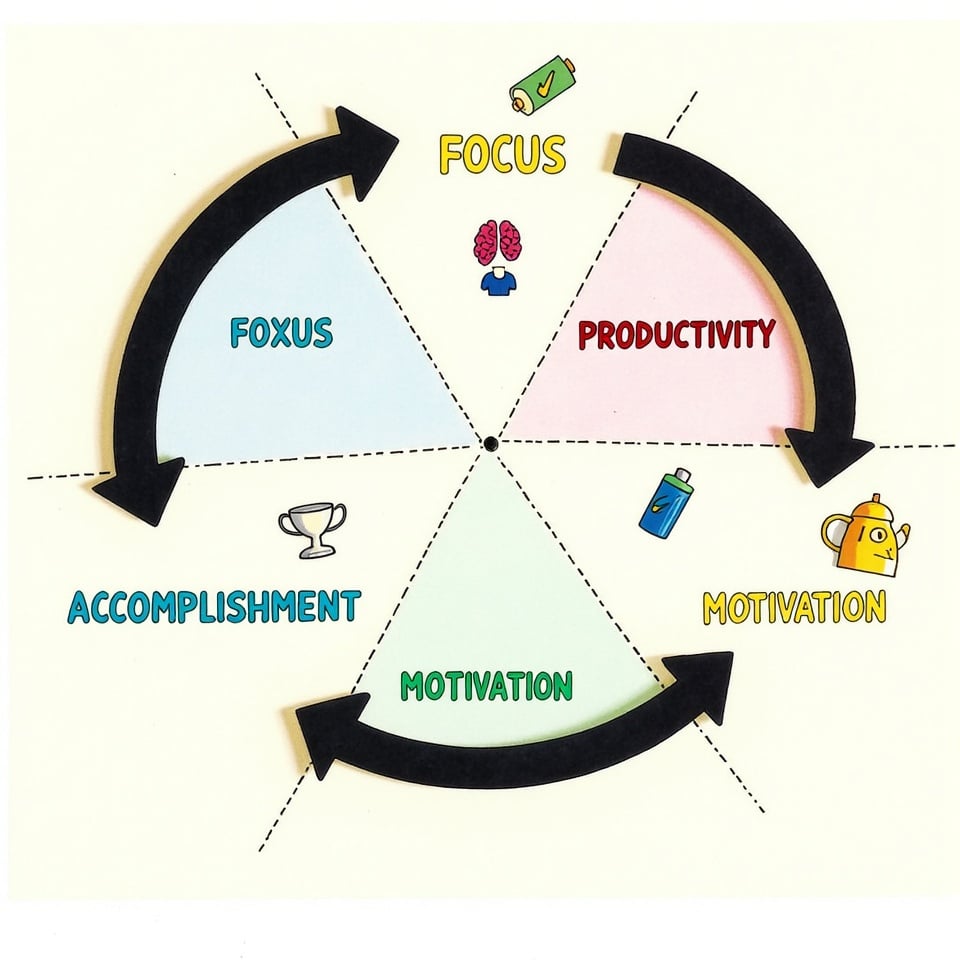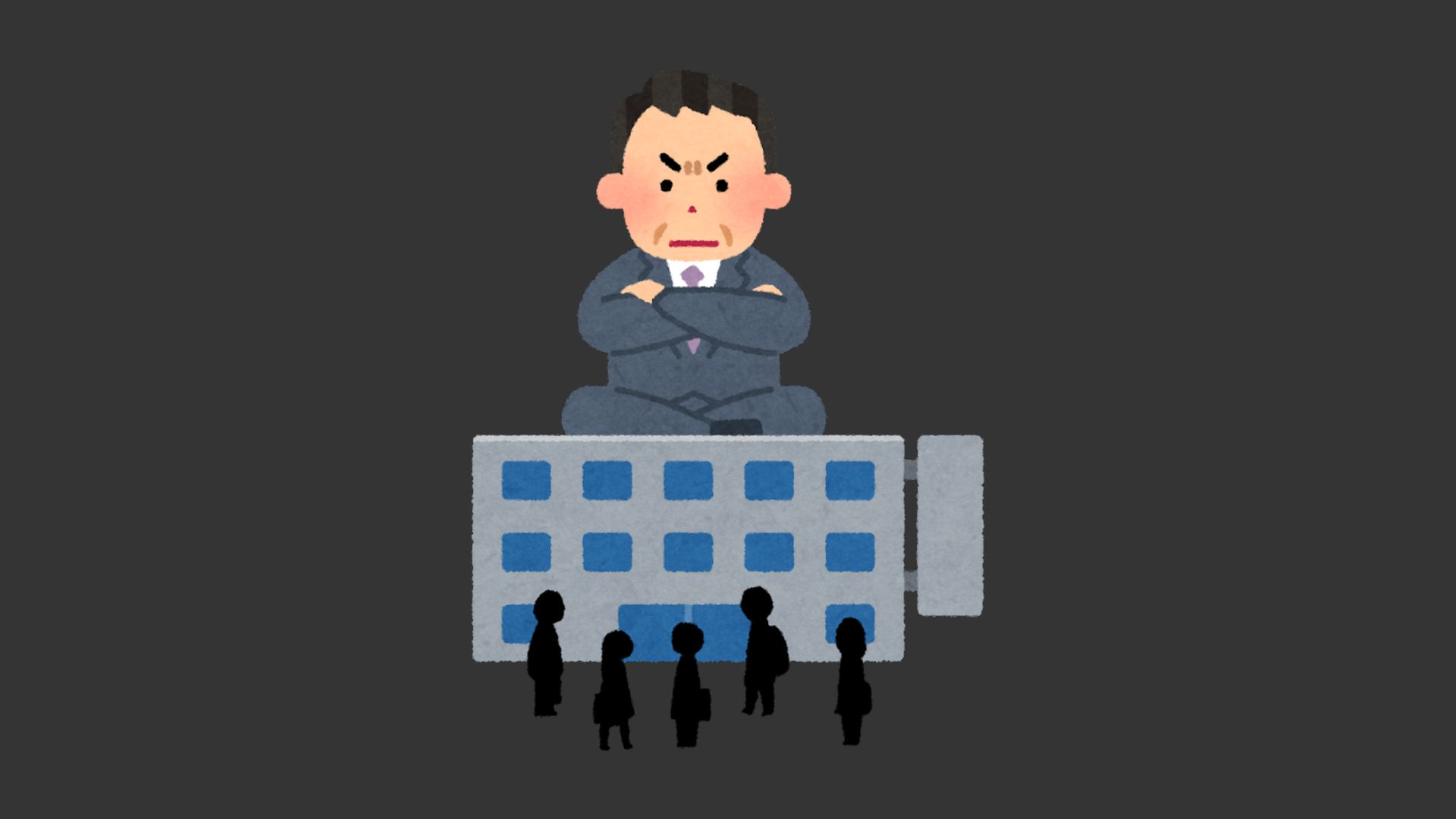Ever caught yourself hesitating between “adapt” and “adopt”? You’re not alone!
Like many commonly confused words in English, these two terms might look and sound similar, but they tell very different stories.
Let’s make this crystal clear.
- Adapt means to change or modify something to fit a new situation. Think of a chameleon changing its colors to blend in with its surroundings.
- Adopt means to take something as your own. Like when a family welcomes a new pet, or a company implements a new policy.
Think of it this way: Adapting is about adjusting what exists, while adopting is about embracing something new.
Makes sense?
Let’s explore these words in detail to help you use them with confidence.
When to use adapt
Use “adapt” when you want to express:
- Modifying for new situations: “I had to adapt my workout routine when the gym closed”
- Showing evolutionary changes: “Plants adapt to different climates by changing their structures”
- Adjusting existing things: “We need to adapt this recipe for a gluten-free diet”
- Changing behavior: “Students adapted quickly to online learning”
- Making modifications: “The company adapted its services during the pandemic”
When to use adopt
Use “adopt” when you want to:
- Taking something new: “Our team adopted the new project management software”
- Making official choices: “The company adopted a work-from-home policy”
- Legal acquisition: “They’re planning to adopt a rescue dog”
- Embracing new methods: “Many businesses adopted remote work policies”
- Implementing new systems: “The school adopted a new grading system”
Examples of Adapt vs. Adopt
Adapt Examples:
- “The restaurant adapted its menu for different dietary restrictions”
- “She adapted her teaching style for virtual classrooms”
- “The software was adapted to work on mobile devices”
- “Athletes must adapt their training for different altitudes”
- “We adapted our marketing strategy for the international market”
Adopt Examples:
- “The board adopted new safety protocols”
- “Many companies adopted artificial intelligence technologies”
- “They adopted a stray cat from the shelter”
- “Our team adopted agile methodology”
- “The city adopted stricter environmental regulations”
Quick Tip: Remember that adapt involves modifying existing things, while adopt means taking on something new.
Memory Aid:
- Adapt = Adjust (think modification)
- Adopt = Acquire (think new addition)
Using Both Adapt and Adopt in Same Sentence
Sometimes life presents situations where both words naturally flow together. Let’s explore how these terms work as perfect partners:
Business Examples:
- “After we adopted the new software, employees had to adapt to the changed workflow.”
- “The company adopted cloud computing and adapted their existing systems to work with it.”
Family Life:
- “When they adopted their first child, the whole family adapted to their new routine.”
- “After adopting a pet, we adapted our home to make it more animal-friendly.”
Education:
- “Schools that adopt new technologies must help teachers adapt their teaching methods.”
- “Once we adopted the curriculum, teachers adapted it to suit their students’ needs.”
Workplace:
- “Once we adopted the hybrid work model, team members quickly adapted their schedules.”
- “The team adopted new safety protocols and adapted their work habits accordingly.”
Pro Tip: Notice the pattern? Usually, adoption (taking something new) comes first, followed by adaptation (making changes to accommodate it). This natural sequence helps tell a complete story of change and adjustment.
Remember: Change often involves both processes – first you adopt something new, then you adapt to make it work seamlessly in your situation!
Frequently Asked Questions About Adapt vs. Adopt
What is the difference between adopt and adapt?
The key difference lies in their core meanings. Adapt means to modify or change something that already exists, while adopt means to take on or accept something entirely new. Think of it this way: when you adapt something, you’re making adjustments to what’s already there, like modifying your workout routine. When you adopt something, you’re bringing in something completely new, like adopting a new company policy.
How do you use adopt and adapt in a sentence?
These words can be used either separately or together in sentences, depending on your meaning. You might say “We adapted our schedule to fit more meetings” when discussing modifications, or “The company adopted a new policy” when talking about new implementations. When using both, you might say “After adopting the new system, we adapted it to meet our specific needs.”
Is it adopt or adapt a document?
Your choice depends entirely on what you’re doing with the document. You would adopt a document when you’re accepting it in its current form, such as when a board adopts new guidelines. However, you would adapt a document when you’re making changes to it, such as when modifying a template to include your company logo or updating language to suit your audience.
What is the difference between adopting and adapting in research?
In research contexts, these terms have specific applications. Adopting in research means using an existing methodology or framework exactly as it was created, without changes. For example, you might adopt Smith’s research framework for your study. Adapting, however, means modifying an existing methodology to better suit your specific research needs, such as adapting Johnson’s survey questions to better target your specific demographic. The key is understanding whether you’re using something as-is (adopt) or modifying it for your purposes (adapt).







